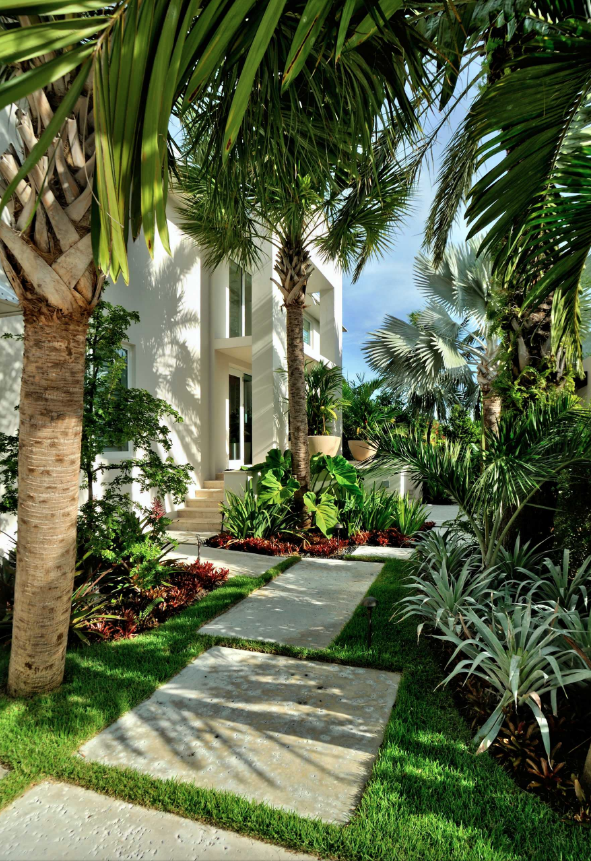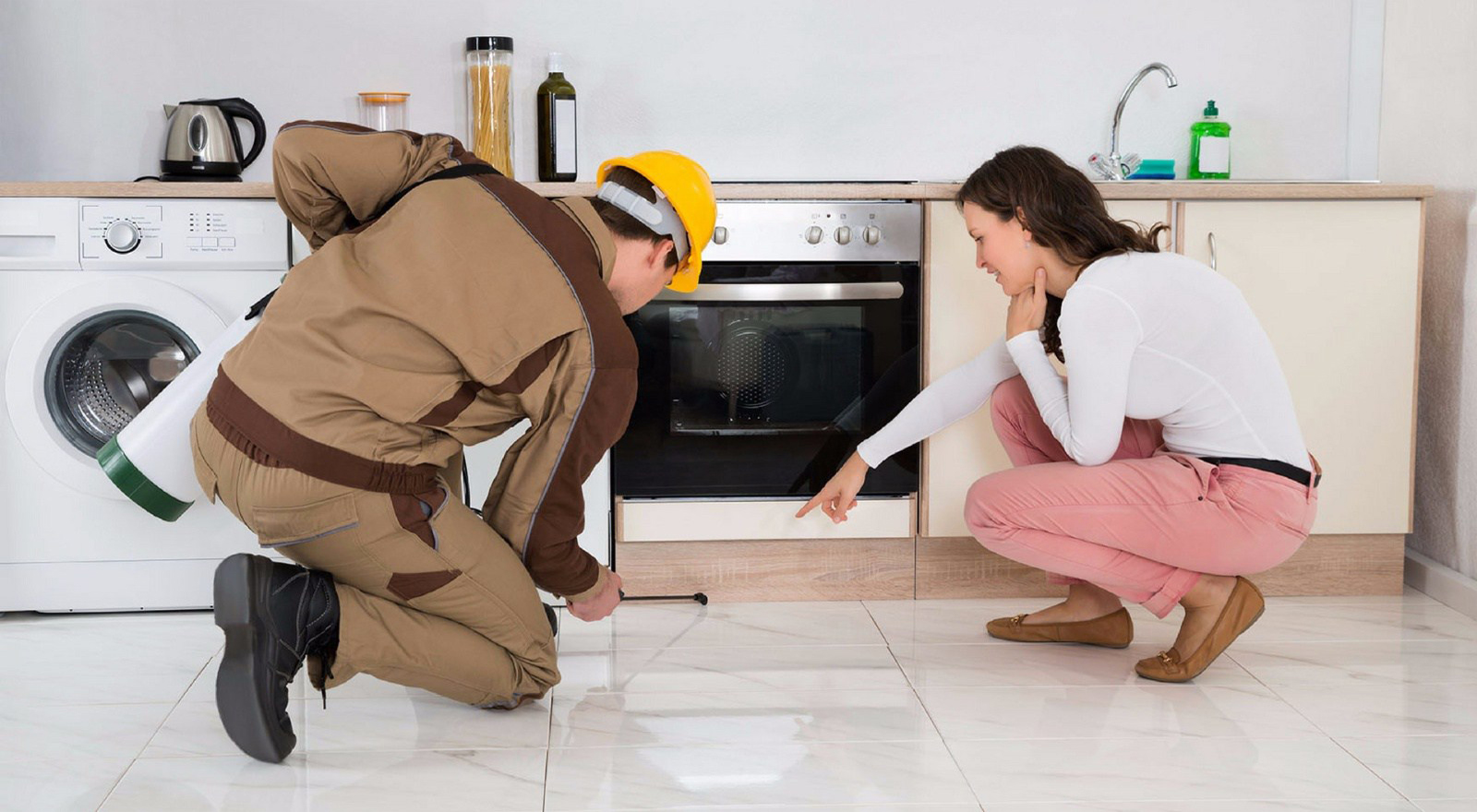Eco-friendly Building Incorporates The Right Materials And Practices From Start To Finish

It’s more important than ever to use eco-friendly building materials when building a new home or remodeling your current one!
 Photos via: Houzz
Photos via: Houzz
Today’s innovative building materials increase energy efficiency and lower the impact on the environment and the occupants. High-quality architectural design combines with modern technology so you can incorporate a variety of different materials without losing any aesthetic appeal.
Materials and Practices
Eco-friendly building is a combination of good practices starting with an energy-efficient floor plan, sourcing environmentally friendly materials, and applying building practices that protect the environment.

Exterior surfaces
For example, stone is a natural material, but quarrying can lead to eroded hills and damages the surrounding wildlife environment. The use of brick kilns can contribute to air pollution, while collecting sand can damage the aquatic region that creates it. When calculating the performance of brick, builders take into account that it requires less maintenance than wood siding and no paint or other chemical layers.
Water supply and sanitary fittings
Often, eco-friendly means that a substance is less damaging or more efficient than the alternative. PVC pipes are exceptionally durable and require low maintenance, making them preferable to other plumbing alternatives.

Doors and windows
Builders can evaluate the performance of certain materials. A door may be attractive and have a low impact to produce, but if it’s inefficient at keeping internal temperatures comfortable, it will require homeowners to expend more resources on heating and cooling. So, materials practices that protect the environment and help you use minimal power can overcome their origin by providing added value later.
Insulation
New builders often skate by with minimal insulation, relying instead on the new windows, doors, and fixtures to provide an air-tight structure. However, over time, as fittings and fixtures age, gaps can appear, and the house becomes less efficient. That’s why it’s so important to find the best insulation for metal buildings that will meet your needs and help you save energy and money as well. Materials like Structural Insulated Panels have a low-waste profile and can be used to build incredibly resilient homes that don’t lose efficiency over time. Home builders in Delaware benefit from insulated walls that incorporate energy efficiency rather than blowing loose insulation after a wooden structure is complete.

Interior colors and finishes
Use of durable materials that don’t require upkeep or maintenance makes them eco-friendly because less material needs to be manufactured over time. For example, using a more durable paint in a color that reduces heat impact and emits less VOCs is eco-friendly on multiple levels. When a material incorporates substances that would otherwise head to a landfill, it reduces the impact on the environment.
Innovative building materials can help save the world
The growth of the construction industry doesn’t show any indication that it will slow soon. The industry currently depends on depletable resources. Building with eco-friendly materials is not enough. Instead, builders must design for energy efficiency from the first drawing and change wasteful practices on the ground. Consumers will benefit from the expertise of eco-friendly builders that can help design a green home that meets their design requirements.









Leave a Comment